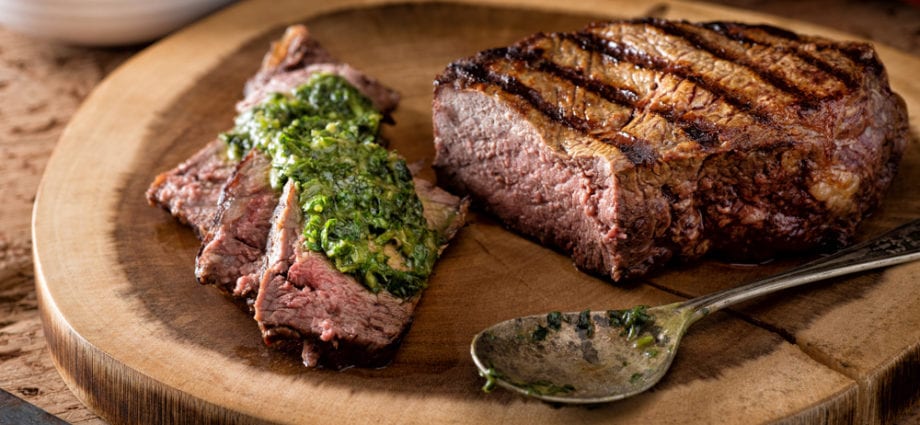Contents
Who would have thought that not only amazing dancers live in the homeland of tango, but also culinary specialists with a capital letter. They offer their guests dozens of national dishes based on recipes collected from different foreign countries and modified in their own way. They were saved here for years under the influence of culinary preferences of immigrants from Europe and beyond. As a result, trying today another Argentine delicacy ordered in one of the many local restaurants, one can involuntarily feel in it the taste of Italy, India, Africa, Spain, South America and even Russia.
History
The history of Argentine cuisine is closely related to the history of the country itself. This, by the way, explains one of its features – regionality. The fact is that different parts of the state, which at different times were filled with immigrants from other nations, acquired distinctive and significantly different culinary features, as well as sets of popular dishes. So, the northeast of the country, the cuisine of which was formed thanks to the efforts of the Guarani Indians, has preserved a lot of recipes for dishes from fish (local rivers are rich in it) and rice. In addition, as before, mate tea is held in high esteem.
In turn, the cuisine of the central part, which underwent changes introduced by immigrants from Italy and Spain, eventually lost the food tastes of the gaucho shepherds, acquiring in return true European traditions. Interestingly, the Russians also contributed to the history of its development, giving the local beef stroganoff and Olivier. The latter was simply called “Russian salad”.
As for the northwest, everything remained the same. Simply because this region was practically not inhabited by immigrants from other countries, thanks to which it was able to preserve the features of the “pre-Hispanic” period. As well as many years ago dishes of potatoes, maize, jatoba, pepper, quinoa, tomatoes, beans, carob, amaranth prevail here.
Features
- A huge number of vegetables present on the tables of Argentines all year round, alone or as part of complex dishes. Everything is explained by the country’s agricultural specialization. Before the arrival of the Spaniards, potatoes, tomatoes, pumpkins, legumes, and corn were grown here. Later wheat was added to them.
- Love for beef and veal. Historically, this type of meat has become the country’s trademark. This is evidenced not only by tourists, but also by statistics: Argentina has the second largest beef eater in the world. Pork, venison, lamb, ostrich meat are eaten here much less often. Until the XNUMXth century, beef was mainly fried over a fire or hot stones, later they began to smoke, bake, boil with vegetables.
- The abundance of fish and seafood on the menu, which is due to geographical characteristics.
- Lack of spices and herbs in dishes. Locals literally break stereotypes that southern countries cannot live without spicy food. The Argentines themselves explain this by the fact that seasonings only spoil the taste. The only thing that can be added to the dish here is pepper.
- Winemaking development. Red Argentine wines, which are produced in such provinces as Mendoza, Salto, Patagonia, San Juan, are very popular far beyond the borders of the country, as well as local gin and whiskey.
Plus, Argentina is a vegetarian and raw food paradise. Indeed, on its territory, ardent opponents of meat can be offered all kinds of vegetable dishes and dishes from fruits, familiar or exotic, such as kazhzhito, lima.
Basic cooking methods:
Nevertheless, be that as it may, the best description of the local cuisine is its national dishes. These included:
Empanadas patties are baked goods with all kinds of fillings, including even anchovies and capers. In appearance, they resemble pasties.
Pinchos is a local kebab.
Churasco is a dish of meat cubes fried over charcoal.
Karne asada – roast with mutton giblets. Charcoal cooking.
Roasted oxtails.
Stewed battleship.
Fruit bread – baked goods with pieces of fruit.
Puchero is a dish of meat and vegetables with sauce.
Parilla – assorted steak, sausages and giblets.
Salsa is a sauce made from butter with chili and balsamic vinegar, served with fish and meat dishes.
Dulce de leche – milk caramel.
Helado is a local ice cream.
Masamorra is a delicacy made from sweet corn, water and milk.
Mate tea is a national drink with a lot of caffeine.
Benefits of Argentinean Cuisine
A genuine love for lean meat, fish and vegetables has made Argentines healthy and their local cuisine incredibly healthy. Over time, the latter only improved, absorbing the best that can be taken from famous European cuisines. It is noteworthy that today the average life expectancy of Argentines is almost 71 years. According to statistics, it has been growing steadily over the past few decades.










